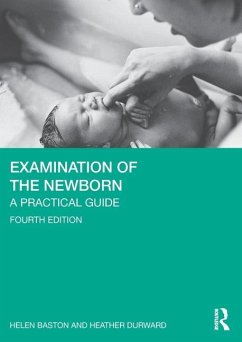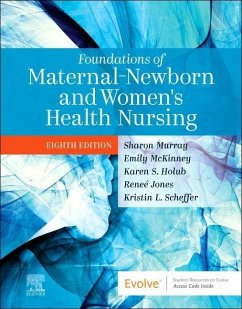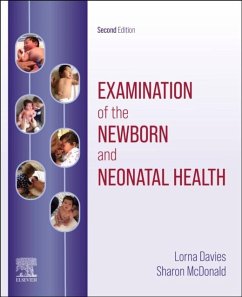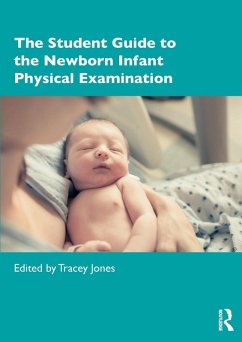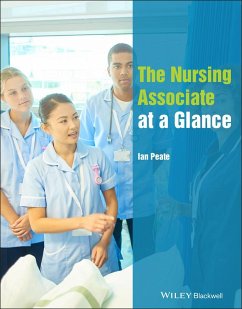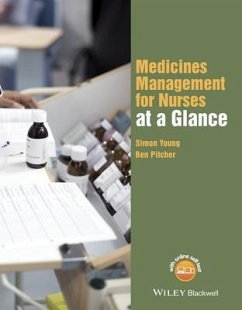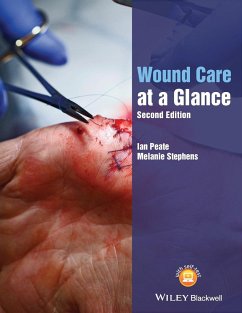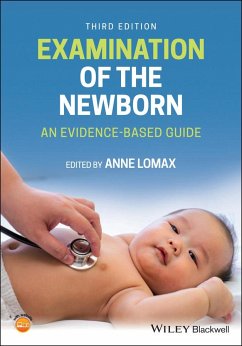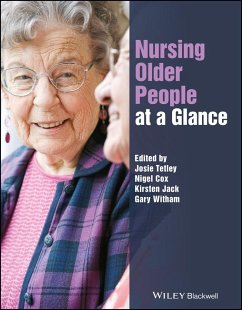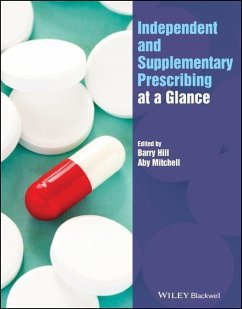
Physical Examination of the Newborn at a Glance
Versandkostenfrei!
Versandfertig in 2-4 Wochen
43,99 €
inkl. MwSt.
Weitere Ausgaben:

PAYBACK Punkte
22 °P sammeln!
The market¿leading at a Glance series is popular among healthcare students and newly qualified practitioners for its concise, simple approach and excellent illustrations. Each bite¿sized chapter is covered in a double¿page spread with clear, easy¿töfollow diagrams, supported by succinct explanatory text. Covering a wide range of topics, books in the at a Glance series are ideal as introductory texts for teaching, learning and revision, and are useful throughout university and beyond. Everything you need to know about Physical Examination of the Newborn... at a Glance! Physical Examination...
The market¿leading at a Glance series is popular among healthcare students and newly qualified practitioners for its concise, simple approach and excellent illustrations. Each bite¿sized chapter is covered in a double¿page spread with clear, easy¿töfollow diagrams, supported by succinct explanatory text. Covering a wide range of topics, books in the at a Glance series are ideal as introductory texts for teaching, learning and revision, and are useful throughout university and beyond. Everything you need to know about Physical Examination of the Newborn... at a Glance! Physical Examination of the Newborn at a Glance provides clear and comprehensive guidance for all those involved with both routine neonatal examination and more specific full physical examinations. Throughout the book, readers are encouraged to critically assess their personal and practice standards relating to the examination of the newborn to promote effective and high-quality holistic care of the family unit. The second edition of Physical Examination of the Newborn at a Glance is revised to reflect current practice and the Newborn Infant Physical Examination (NIPE) standards. New and expanded chapters address bed sharing, chromosomal abnormalities, neonatal adaptation, referral pathways, health promotion, issues encountered in professional practice, and more. This guide: * Presents a thorough account of appropriate physical examination of the newborn * Explores the theoretical and practical issues readers may experience in practice * Integrates colourful images and text to appeal to visual and non-visual learners alike * Includes multiple-choice questions and self-assessment exercises Physical Examination of the Newborn at a Glance, Second Edition, remains a must-have study or revision guide for undergraduate midwifery and nursing students, newly qualified NIPE practitioners in need of a reliable quick-reference guide, and experienced professionals wanting to update their knowledge and understanding.




